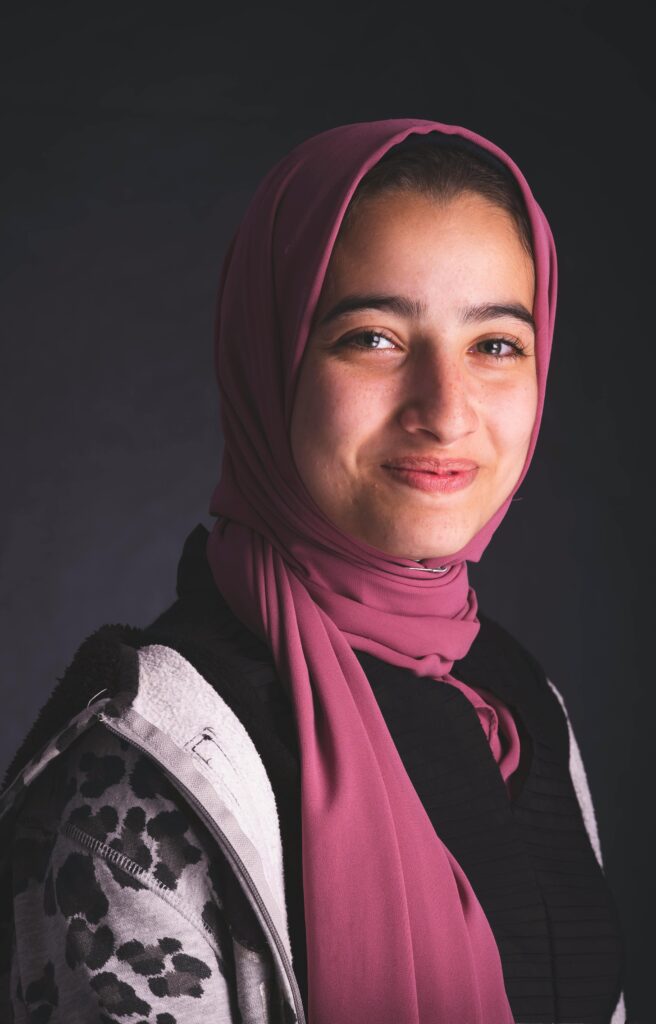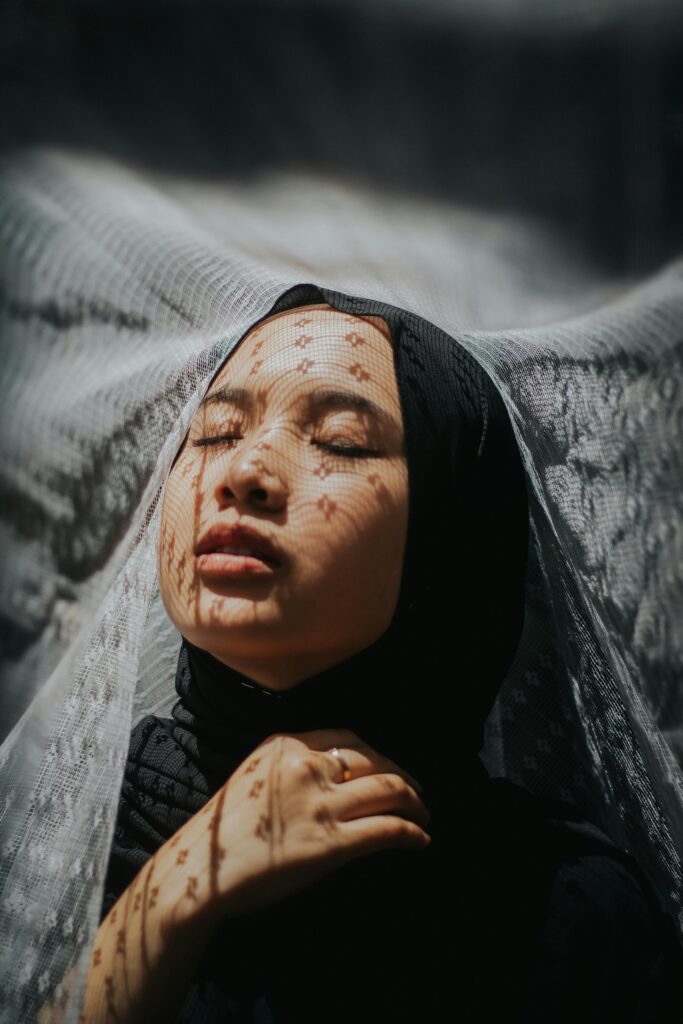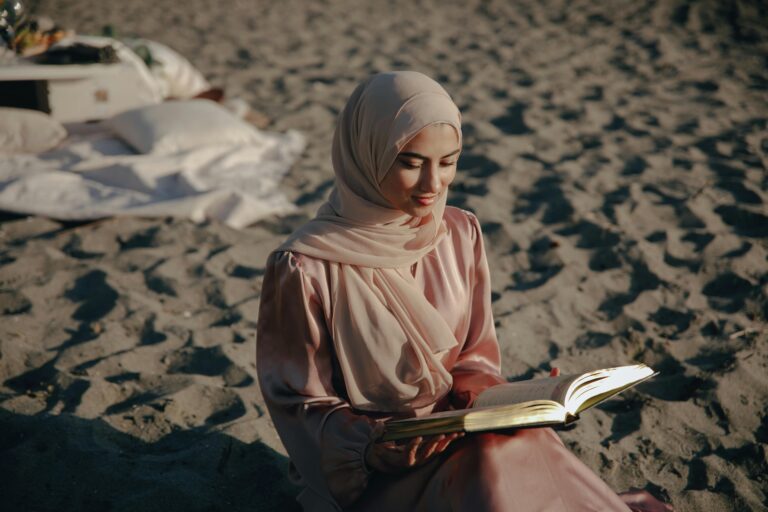
For many Muslim women around the world, the hijab is more than just a headscarf. It’s a statement of faith, identity, and dignity. It’s a daily act of devotion and self-respect—one that often sparks curiosity, admiration, and sometimes, misunderstanding.
So, what exactly is hijab in Islam? Why do Muslim women wear it? And what does it truly represent beyond its physical form?
Let’s explore the meaning of hijab, not just from a religious perspective—but from a human one too.
What Is Hijab in Islam?
In Arabic, the word “hijab” literally means a barrier or partition. But in Islamic teachings, hijab goes far beyond fabric. It refers to a complete concept of modesty, which includes how a person dresses, behaves, speaks, and carries themselves.
For women, wearing the hijab often includes covering the hair, neck, and body, typically leaving the face and hands visible. But again—it’s not just about covering skin. It’s about revealing values.
“And tell the believing women to lower their gaze and guard their modesty; and not display their beauty except what is apparent; and to draw their veils over their bosoms…”
(Qur’an 24:31)
This verse, along with others, forms the basis of Islamic clothing for women, guiding Muslims toward dressing and living with dignity and humility.
Why Do Muslim Women Wear Hijab?
Contrary to popular belief, most Muslim women choose to wear the hijab out of love and personal conviction. While it is a command in Islam, the journey to wear it is deeply individual. Some begin young, others later in life. Some start full-time, others gradually.
Here are a few reasons why women wear the hijab:
- ✅ To obey God and follow Islamic teachings
- ✅ To express their faith proudly and visibly
- ✅ To shift the focus from appearance to character
- ✅ To feel protected and spiritually grounded
- ✅ To represent modesty in a world that often rewards exposure
It’s important to remember that hijab isn’t a sign of oppression—it’s often a symbol of empowerment. Many women say it helps them feel seen for who they are, not just what they look like.
Hijab and Modesty: More Than Just a Headscarf
Hijab in Islam is part of a broader value system. It goes hand-in-hand with haya (modesty), taqwa (God-consciousness), and akhlaq (character). For both men and women, modesty applies in how we speak, interact, post online, and even consume media.
In that sense, hijab is a lifestyle—one that calls us to be thoughtful, humble, and kind in everything we do.
Different Styles, Same Purpose
Hijab isn’t one-size-fits-all. Across the globe, you’ll see it worn in countless styles: from the shayla in the Gulf, to the turban style in Africa, to the dupatta draped over the head in South Asia.
Some women wear the niqab (face veil), while others prefer the khimar, al-amira, or chador. The variety is beautiful—but the intention is the same: to practice modesty in a way that honors faith and culture.
What Hijab Is Not
To truly understand the meaning of hijab, it’s also important to clear up some common misconceptions:
- Hijab is not forced (Islam condemns compulsion in religion – Qur’an 2:256)
- Hijab is not just for women from a specific country or ethnicity
- Hijab is not a symbol of backwardness—it exists alongside ambition, intelligence, and leadership
- Hijab is not about hiding—it’s about choosing how and when to share parts of yourself
The Inner Hijab
Islam also talks about an “inner hijab”—a concept that goes beyond what we wear. It’s about guarding our hearts from arrogance, jealousy, and harmful behavior. It’s about being gentle with others and strong in your convictions.
The most beautiful hijab, then, is the one worn both on the outside and the inside.
In Conclusion: Hijab Is a Journey
For some, wearing the hijab is a bold, life-changing step. For others, it’s a quiet, personal decision. It’s not always easy. There are good days and challenging ones. There’s learning, unlearning, and growth along the way.
But for those who choose it, hijab is powerful—a daily reminder of faith, a form of self-care, and a declaration of identity in a world that often misunderstands it.
At Shamsiya Collection, we support every woman on her hijab journey—whether you’re just starting, returning, or finding your own unique style. We believe modest fashion should reflect your values without compromising your beauty, confidence, or creativity.

💬 Share your story
What does hijab mean to you?
We’d love to hear your thoughts—share your journey with us using #ShamsiyaHijabStories or email us at contact@shamsiyacollection.com.

